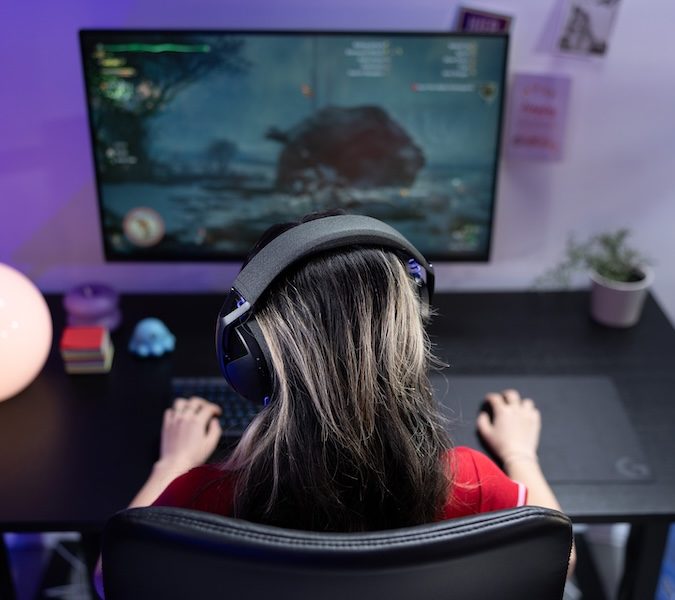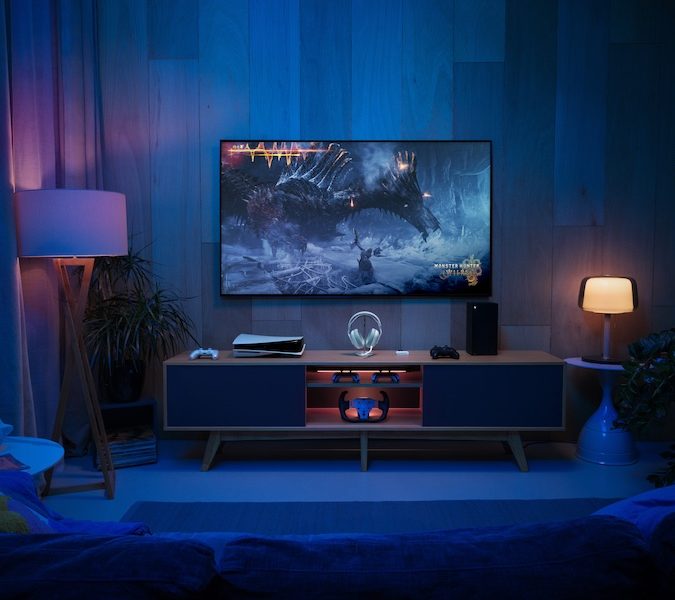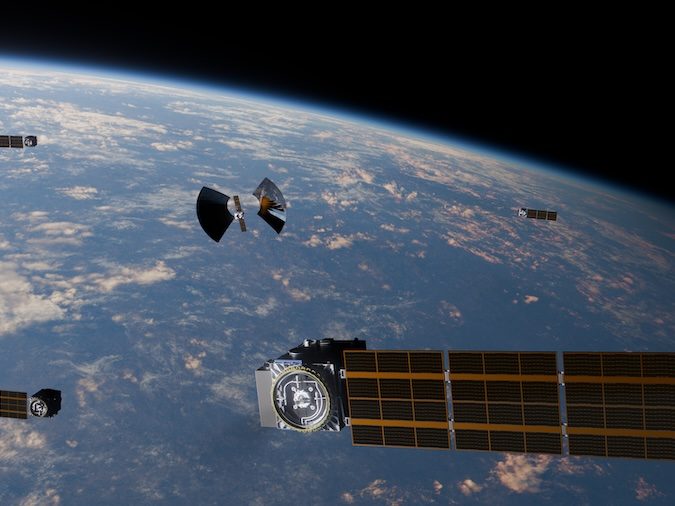
The first edition of Lightning Lab GovTech has just kicked off, with no fewer than a dozen teams from a wide swathe of Government departments, social organisations dedicated to public good, and more all involved – along with some of the best and brightest accelerator providers and coaches around.
Creative HQ is bringing together teams made up of local, central, and international government agencies for the Lightning Lab GovTech programme, a structured and methodology-based experimentation environment for breakthrough innovation in the public sector, with the aim to deliver solutions to real issues concerning governments today.
The programme has been structured based on Creative HQ’s experience as a delivery partner for the R9 Accelerator within the Ministry of Business, Innovation and Employment (MBIE).
Run directly out of Creative HQ using the Lightning Lab model, the 12 teams taking part kicked things off yesterday.
Project director Jonnie Haddon says the energy has been “incredible” – but that the real challenge will be using that energy to come up with innovative solutions that ultimately make people’s lives better.
“Our public sector is full of resourceful individuals that have the country’s best interest at heart,” he says. “A place that is more inclusive, a place that takes care of all of society and a place that looks after our environment. To achieve this, at a rate that is in line with how quickly other aspects of our world are developing, Government needs to test new solutions in the real world. Lightning Lab GovTech helps them to do this faster, cheaper and with less risk. We apply start-up style methodologies and techniques to get to the heart of an issue and we prototype solutions working together with those impacted.”

Project director Jonnie Haddon
In fact, according to Haddon, GovTech innovation is something Aotearoa is well-positioned to excel in and become a global leader. “The GovTech sector has been estimated at $450 billion, which is bigger than the global dairy market and as a country, we are perfectly positioned to be a leader. What makes us well positioned? We are the least corrupt country in the world (together with Denmark) in the Corruption Perception Index by Transparency International. We are a stable, direct and highly trusted democracy.”
That being said, Haddon believes there are a number of worldwide examples New Zealand can learn from. “There are lots of interesting examples around the world that are great for us to learn from – both public sector models such as beta.gouv.fr in France, and private models such as Public in the UK,” he says.
“However there is no real substitute for ‘doing’ it ourselves and learning what works in our environment. Over the past four years we have been able to learn a lot about how we can apply 15 years’ worth of start-up knowledge and experience into the public sector.”
The projects in Lightning Lab GovTech cover digital identity, equitable digital access, freshwater catchment mapping, water resilience, safer seas for Albatross, youth engagement, safety planning, accessibility in Wellington, regional businesses, building financial capability, connecting with communities, housing affordability, and more.
“We aren’t looking to develop an army public servant bots that will automate all of Government,” says Haddon.
“Over the next three months, the 12 project teams will run hundreds of experiments, learn from hundreds of experts and interview hundreds of ‘customers’ in the pursuit of making a more inclusive, cleaner, safer, stronger and open society. The 12 projects involved in this accelerator programme will do a lot more than just create insights or recommendations.”

Lightning Lab GovTech is the latest in Creative HQ’s stable of Lightning Lab business accelerator programmes, established in partnership with the Victoria Business School at Victoria University of Wellington, the Wellington Regional Economic Development Agency (WREDA), Wellington City Council and Greater Wellington Regional Council.
THE 2018 LIGHTNING LAB GOVTECH PROJECTS ARE:
PROJECT #1: DIGITAL IDENTITY
DEPARTMENT OF INTERNAL AFFAIRS
Digital rights and inclusion, the digital economy and a digital strategy for New Zealand are all key government priorities. A foundational piece for all of these is digital identity. A modern digital identity approach, which ensures that citizens are in control of their data, is at the core of all online services and transactions in the public and private sector. This project will explore the user requirements of digital identity through a speci?c use case and prototype and will bene?t at least one private sector provider. Outputs will inform broader government work on how the use, provision and re-use of a digital identity can be improved system-wide.
PROJECT #2: EQUITABLE DIGITAL ACCESS
MINISTRY OF EDUCATION
The Ministry of Education is committed to eliminating the digital divide for school-age students and is actively working on solutions to improve access to connectivity and technology to ensure all students can fully engage in an increasingly digitally-enabled education system. Connecting student homes to the internet creates an opportunity for other social agencies in the health and housing sectors to deliver digital services to the rest of the household. This project will focus on one part of the digital divide in New Zealand to explore whether a single, integrated connectivity solution can meet the needs of households interacting with various government agencies. It aims to make the business case for each agency more attractive and remove barriers for the uptake of commercial services into those homes.
PROJECT #3: FRESHWATER CATCHMENT MAPPING
MINISTRY FOR THE ENVIRONMENT + TAKIW?
Under pressure from years of population growth and changes in land- use, the Ministry for the Environment is working to reduce the stress on freshwater quality and remediate freshwater bodies wherever possible. This joint Ministry for the Environment and Takiw? project aims to draw on combined datasets (from councils, iwi and scientists) to provide insights and a communication platform to improve the management of freshwater. It hopes to show a more integrated view from multiple data-driven perspectives.
PROJECT #4: WATER RESILIENCE
TAIWAN WATER CORPORATION WATER SAVIOUR
The Taiwan Water Corporation is working to solve a worldwide problem: water loss from urban distribution systems due to leakage. Their team, Water Saviour, uses Internet of Things (IoT) and Machine Learning to detect and predict leakages in water mains, reducing water loss and improving repair times. The team have already deployed this solution in Taiwan and are looking to bring it to a worldwide audience.
PROJECT #5: SAFER SEAS FOR ALBATROSSES
DEPARTMENT OF CONSERVATION, MINISTRY FOR PRIMARY INDUSTRIES & SOUTHERN SEABIRDS SOLUTIONS TRUST
A collaboration between the Department of Conservation, the Ministry for Primary Industries and the Southern Seabird Solutions Trust, this project is aiming to make the high seas a safer place for seabirds. Over the past 12 years, the Antipodean Wandering Albatross has lost 75% of the breeding population, due in part to being attracted to baited ?shing hooks and drowning. The project seeks to answer two questions: 1) Where and how birds are dying? And 2) What is the most effective way to prevent ongoing deaths?
PROJECT #6: YOUTH ENGAGEMENT
MINISTRY OF SOCIAL DEVELOPMENT
The voice of young people needs to be heard when government agencies are developing policies and services for this demographic. However, engaging young people effectively in these processes can be dif?cult. Agencies often lack effective and consistent methods for involvement, and there is evidence young people are increasingly disengaged and disinterested in civic processes. This project aims to experiment with the use of technology to address this challenge, by designing a system that leverages young people’s own attitudes and behaviour (e.g. tendencies to try and ‘game the system’), using a chatbot to engage on issues that they care about. Through these conversations, and utilising Natural Language Processing, we hope to draw out insights for policy/service developers.
PROJECT #7: SAFETY PLANNING
MULTI-AGENCY TEAM
Aotearoa has one of the highest rates of family violence in the world. Government and community services are seeking to work more closely to ensure that wh?nau experiencing violence are getting the help they need. The primary focus of the Lightning Lab GovTech project is on integrated practices, in particular for case management, with the goal of delivering services that prevent further harm and support people to be safer sooner.
PROJECT #8: ACCESSIBLE WELLINGTON
WELLINGTON CITY COUNCIL
Providing accessible services, information, technology, transport, buildings and public spaces can make Wellington City more inclusive for everyone. It enhances the diversity of the city and helps the city remain attractive to residents and visitors of any age and ability. This project aims to build on Wellington’s reputation as an inclusive and socially responsible city, by guiding and enhancing people’s independence and ability to participate in city life, including social and economic participation, and bene?t from key council services.
PROJECT #9: REGIONAL BUSINESSES
WELLINGTON REGIONAL ECONOMIC DEVELOPMENT AGENCY (WREDA)
This project explores new ways to add value to businesses in the region through digital solutions. It will look at the various challenges that companies face as they grow, such as; knowing where to go for help, lack of engagement, limited scope, and inef?cient platforms. Working alongside other business support agencies and private-sector businesses, WREDA will explore how policy changes, platform redevelopment, new offerings and campaigns could overcome these challenges.
PROJECT #10: BUILDING FINANCIAL CAPABILITY
MINISTRY OF SOCIAL DEVELOPMENT
This project is aiming to build the ?nancial capability and resilience of people, families and wh?nau experiencing hardship by ensuring they have access to a spectrum of support – ranging from preventive to intensive interventions. Ultimately, the project wants to help people out of hardship, or prevent them from going into hardship and poverty, by creating a digital ?nancial solution that improves access to existing products and services, including a national reach of financial mentors.
PROJECT #11: CONNECTING WITH OUR COMMUNITY
GREATER WELLINGTON REGIONAL COUNCIL
Greater Wellington’s core goals include freshwater quality and biodiversity, high-quality drinking water, regional resilience with a focus on ?ood protection, infrastructure and emergency management, and improvements to the public transport network. Much of their work has a long-term environmental focus, with a strong awareness of what they do and why they do it. This project will explore and develop tools to help them better connect and engage with the 500,000 people that live within the Wellington region.
PROJECT #12: HOUSING AFFORDABILITY
WELLINGTON CITY COUNCIL
Wellington City Council has identi?ed housing as a priority, and affordability is a signi?cant focus for the housing sector across the City. WCC has created a Wellington Housing Affordability Model (WHAM), based on the premise that assessing affordability depends on each household’s circumstances (size, composition, and income level), and that a “one size ?ts all” model is not a viable solution. The project will develop a model that informs analysis and can be used to help target resources by Council and other housing stakeholders in Wellington. The model will be used to implement an affordable housing strategy for Wellington City, strengthen the analysis and inform the debate around housing affordability in Wellington City and the region, and more.




